This dress is designed around a waistband, and the construction uses the waistband to conceal the raw edges of the seams so that I don't need to serge or fell anything inside the dress. Since I've made several dresses like this before (the salmon-striped dress, my sister's Titanic gown, and my highlighter dress), let me take a moment to explain the basic construction. I cut the waistband twice: once in lining fabric and once in the outer fabric. Then I sew the top and bottom elements of the dress to the waistband lining, wrong sides together. This offers an important advantage: I can try the dress on and the seam allowances will be on the outside so I can adjust them. Then I press the seam allowances toward the center of the waistband lining, and cover all the messy bits with the waistband exterior, top-stitching it all closed. I've drawn a really basic diagram below.
Below, I pleat the blue crepe to fit the white lace, then sew them together and iron them flat. Then I sew the lace/crepe unit to the lining of the waistband, and the dress starts looking like a dress! I turn under the seam allowances of the exterior waistband, pin them in place to cover all the other seam allowances, and top-stitch the waistband down. When I'm done, the horizontal seams are finished inside and out (see Part 2 of my diagram above and the in-progress picture below).
On the night of the murder mystery party, I am let off work early, which is quite good, because I find I need every minute to "make it work". I hurry to finish the gown. Here are the finishing details in no particular order:
FINISHEDMy friend accessorizes for the evening with black elbow-length gloves, faux pearls, and blue/black mask. Oh, and fish-net stockings for a vampish touch! As for me, I wear my Titanic gown (for the last time, since I find I've outgrown it, and it presses on my solar plexus ALL NIGHT!), accessorized with jade necklace and earrings, yellow gloves, and gold mask. As the mystery evening unfurls, neither of us is the murderer, but we're both dressed to kill!
7 Comments
The Sister
6/11/2018 12:41:05 pm
The blue dress did turn out very pretty! I think the white on blue is quite fetching, and it looks like it fits your client pretty well considering the time crunch! I love the dangles on your mask, but am sorry to hear your dress no longer fits you. Se la vie.
Reply
The Sister
6/12/2018 10:24:41 am
That's a very good working supposition! And I approve!
The roommate
6/11/2018 04:48:14 pm
Didn't you use lace from the client's mother's wedding gown?
Reply
Yes, the lace on the bodice and the skirt is from her mother's wedding dress! That dress has seen many other uses here, including another masquerade costume, a bustier, and a petticoat! I'm so pleased to send some of it back to its original owner in this creative way!
Reply
MOIRE YUE
6/14/2018 07:38:38 pm
sorry to break it to you, but execising more doesn't make your thoracic cage widen...your respiratory muscles don't work like that.
Reply
Leave a Reply. |
Karen Roy
Quilting, dressmaking, and history plied with the needle... Sites I EnjoyThe Quilt Index Categories
All
Archives
March 2024
|
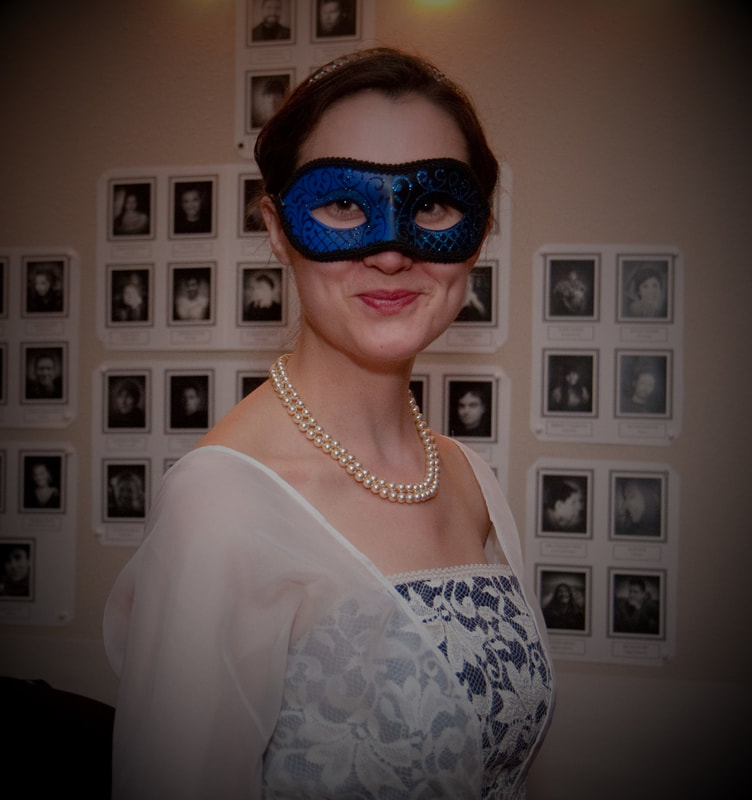
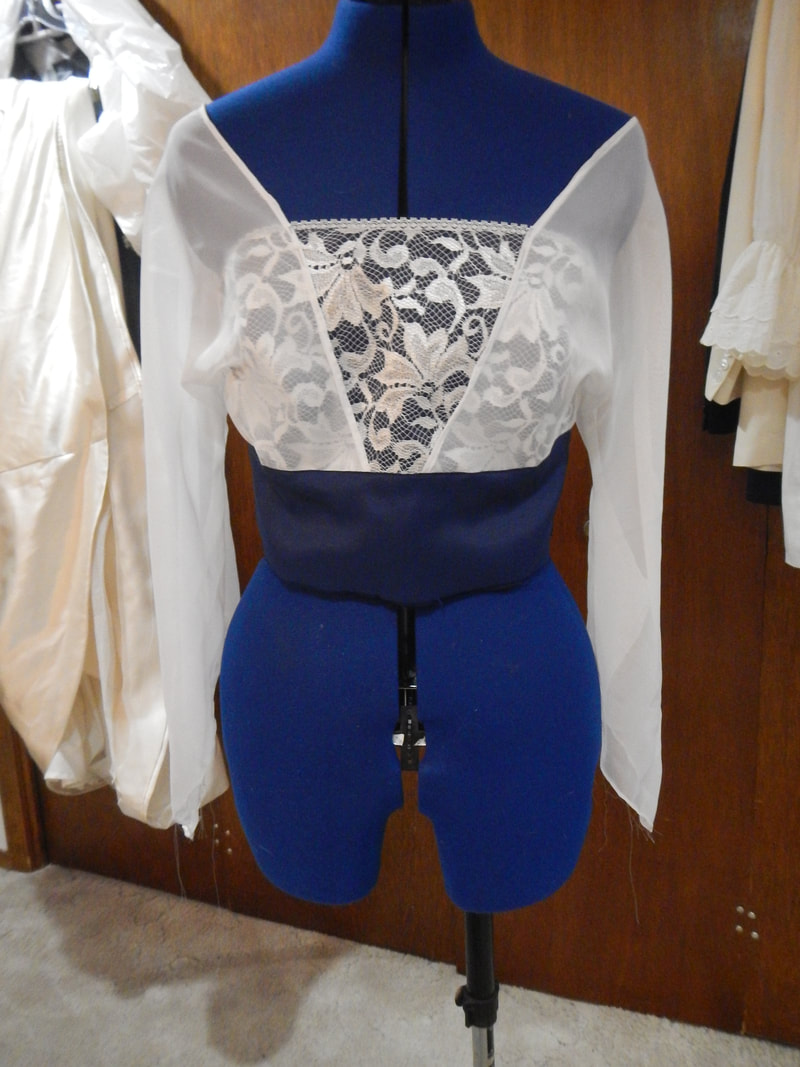

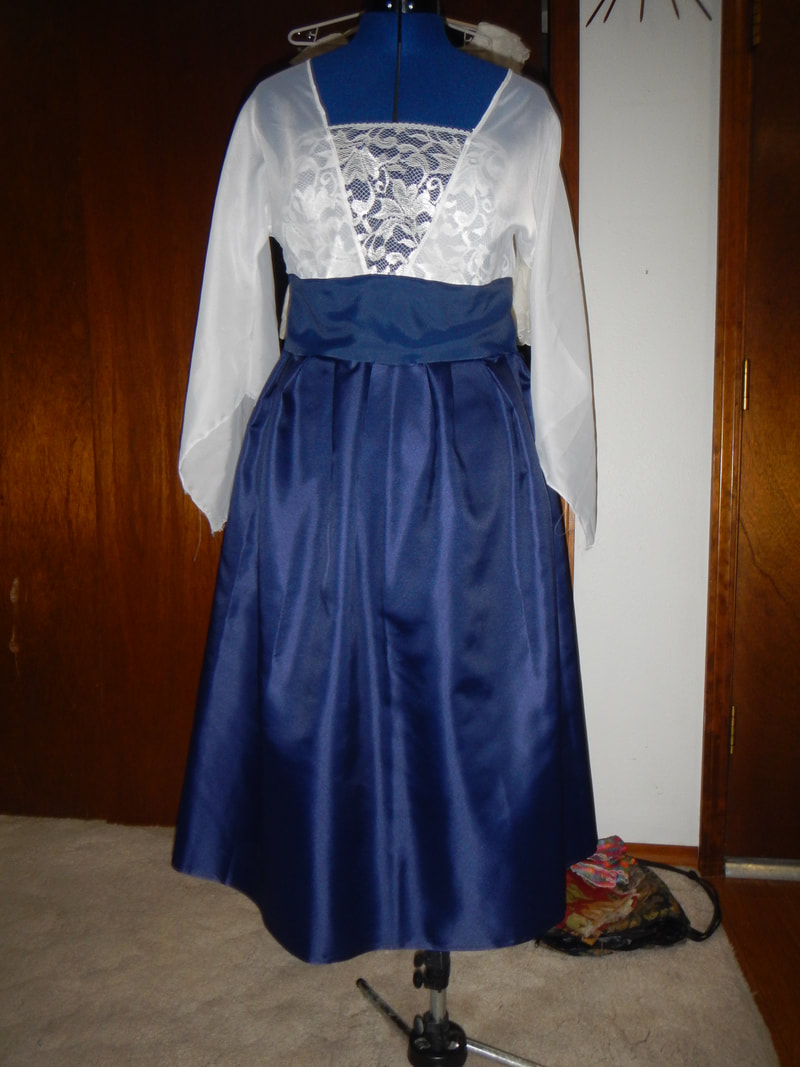

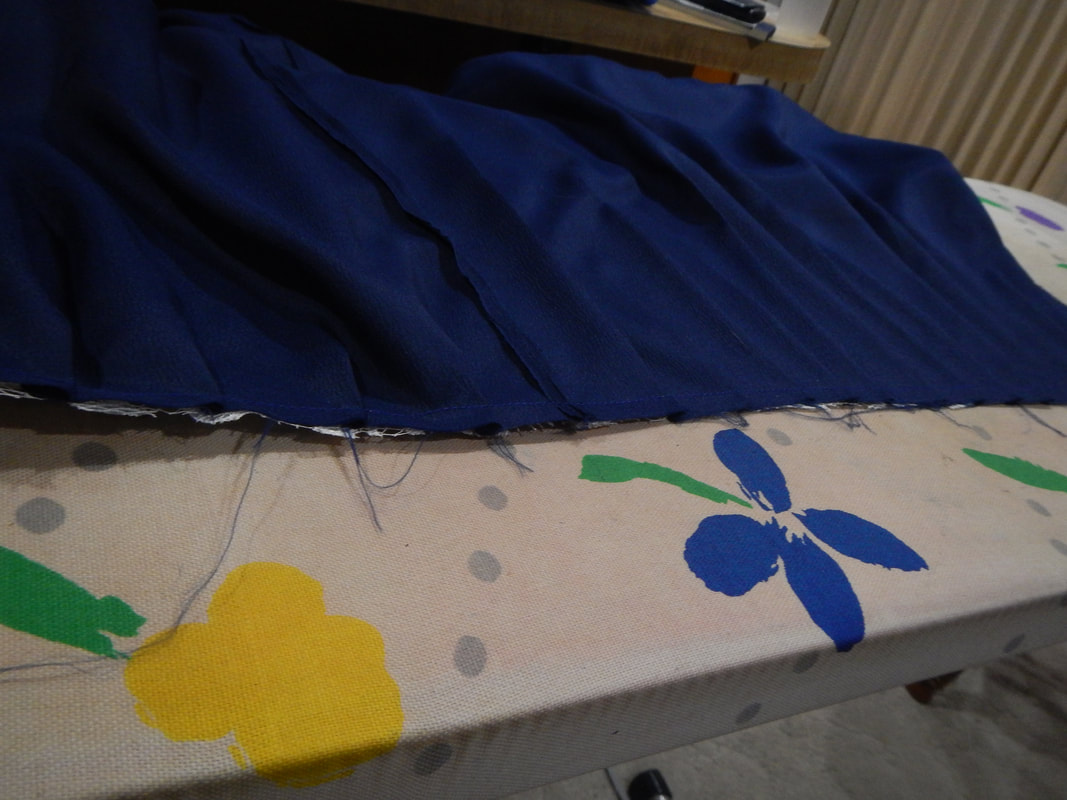
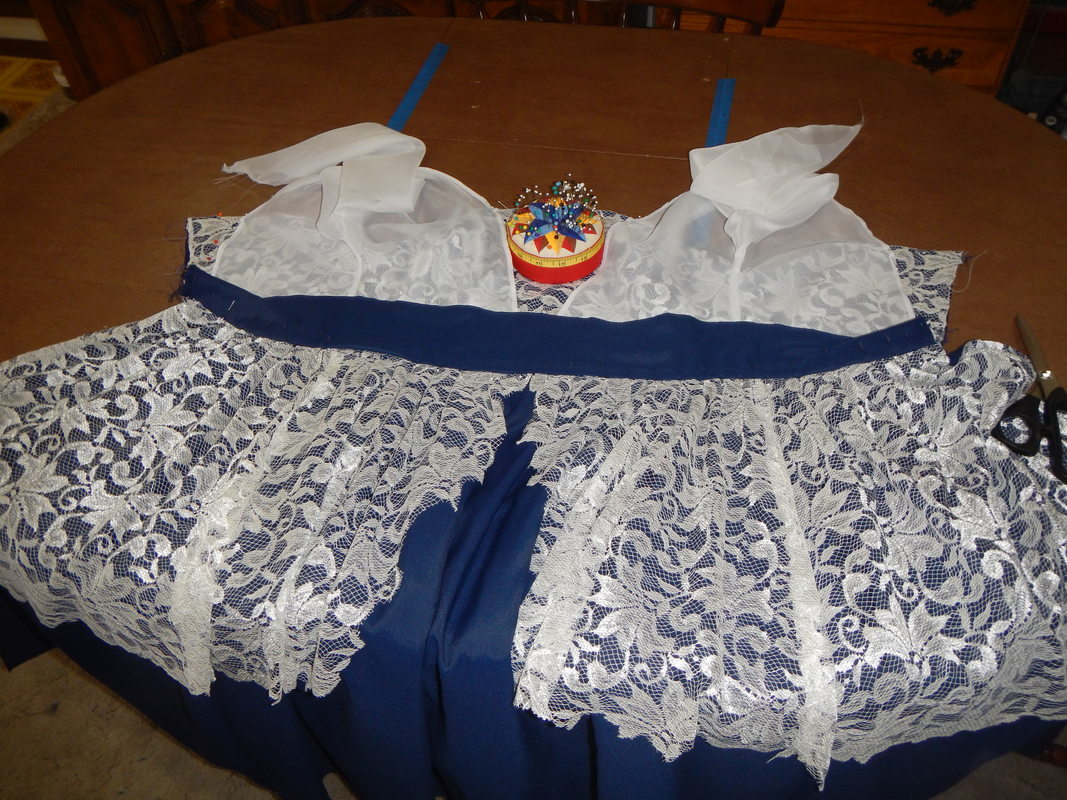
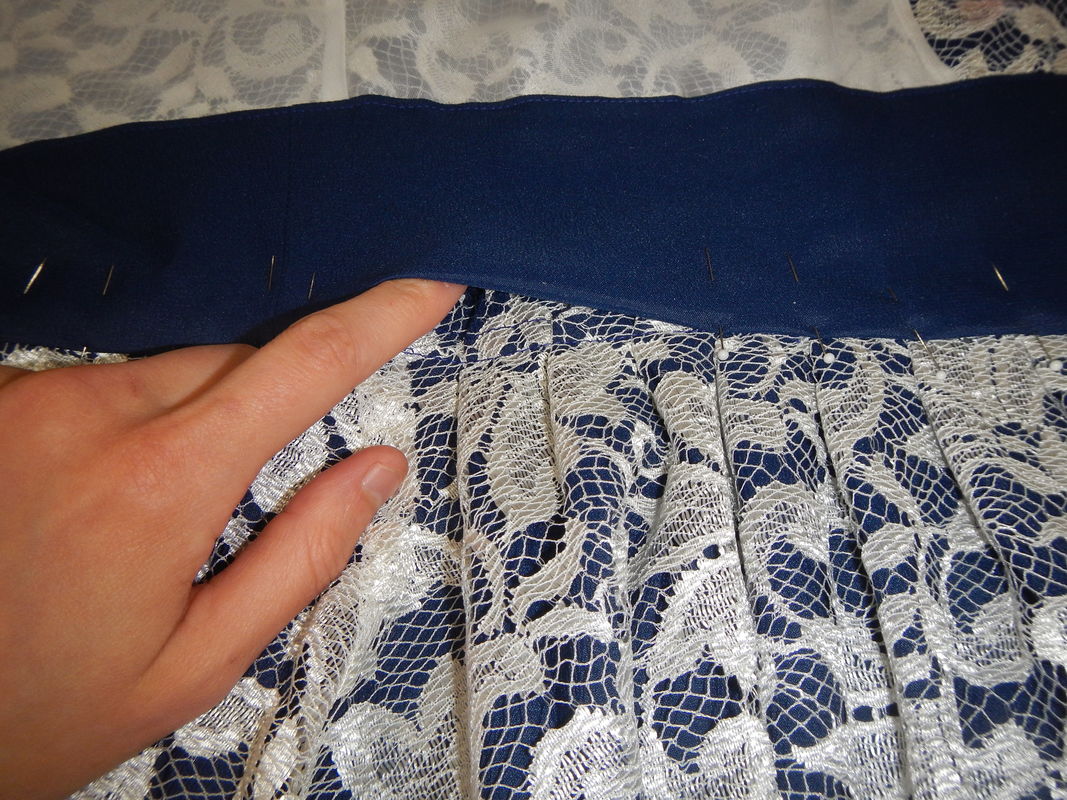
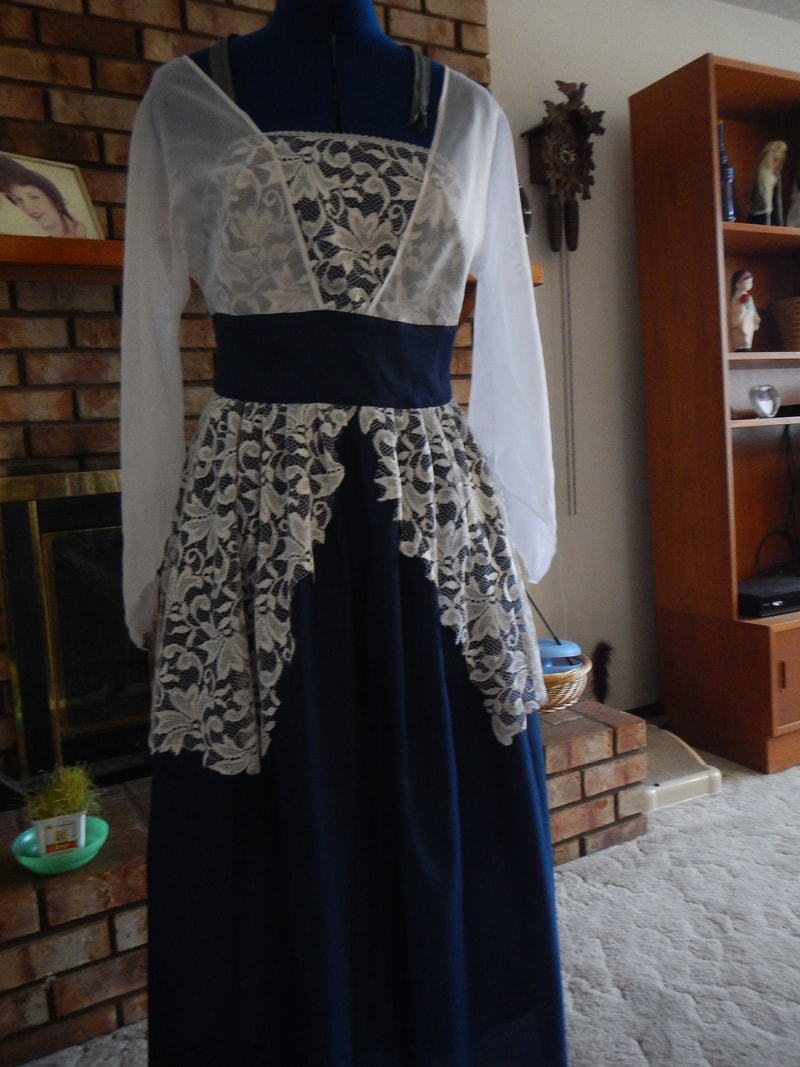
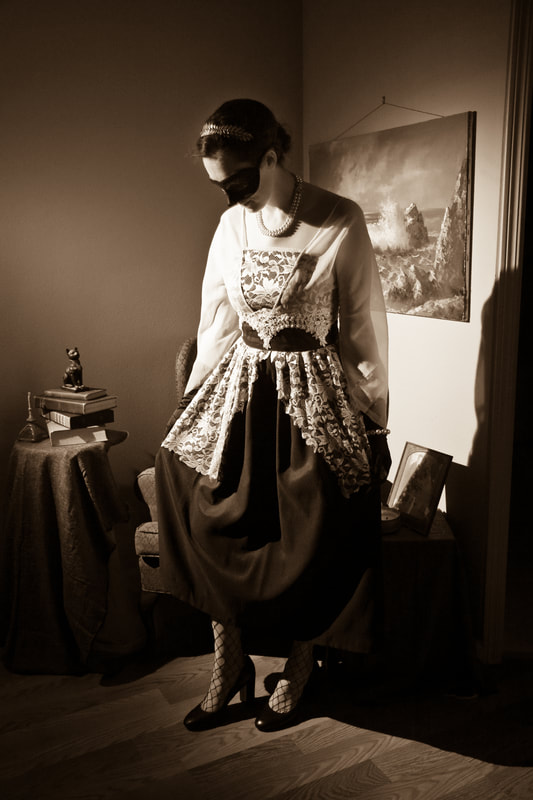

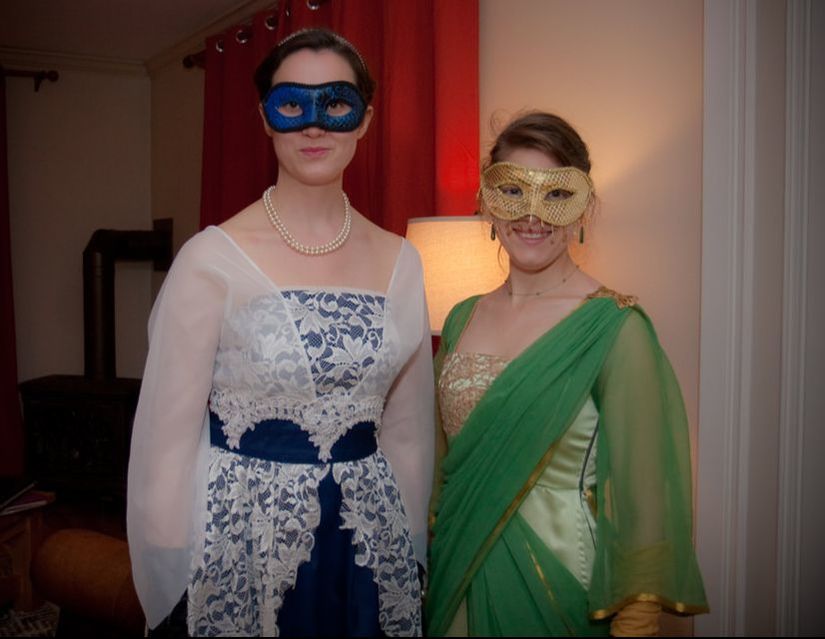
 RSS Feed
RSS Feed